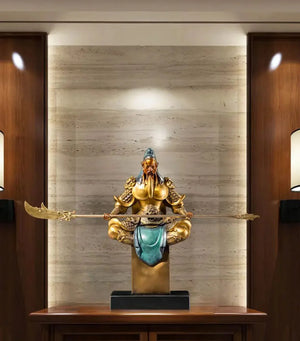Chinese Traditional Craftsmanship: A Timeless Art Form

# Chinese Traditional Craftsmanship: A Timeless Art Form
## The Rich Heritage of Chinese Crafts
Chinese traditional craftsmanship represents a profound cultural legacy that has been passed down through generations. For thousands of years, Chinese artisans have perfected their skills in various crafts, creating objects that are both functional and aesthetically pleasing. These crafts not only reflect the wisdom of ancient Chinese civilization but also continue to inspire contemporary artists and designers worldwide.
## Major Categories of Chinese Traditional Crafts
### 1. Porcelain and Ceramics
Chinese porcelain, known as “china” in the West, is perhaps the most famous of all Chinese crafts. The delicate blue-and-white porcelain from the Ming Dynasty remains highly prized by collectors. Other notable styles include:
– Celadon from the Song Dynasty
– Famille rose porcelain from the Qing Dynasty
– Jian ware with its distinctive hare’s fur glaze
### 2. Silk Weaving and Embroidery
China’s silk production dates back to at least 3000 BC. The intricate techniques of Chinese embroidery include:
Keyword: Chinese crafts
– Suzhou embroidery (known for its fine details)
– Hunan embroidery (famous for its tiger designs)
– Sichuan embroidery (recognizable by its bright colors)
– Guangdong embroidery (featuring gold and silver threads)
### 3. Lacquerware
Chinese lacquerware, made from the sap of the lacquer tree, has been produced for over 7,000 years. The craft reached its peak during the Han and Tang dynasties. Techniques include:
– Carved lacquer (qiangjin)
– Inlaid lacquer (qiangjin)
– Painted lacquer (huqi)
## The Cultural Significance of Chinese Crafts
Chinese traditional crafts are more than just beautiful objects; they embody the philosophical and aesthetic values of Chinese culture. Many crafts reflect:
– The Taoist concept of harmony between humans and nature
– Confucian ideals of order and balance
– Buddhist influences in decorative motifs
– The Chinese appreciation for subtlety and refinement
## Preservation and Modern Adaptations
While traditional craftsmanship faces challenges in the modern era, efforts are being made to preserve these art forms:
– Government protection of intangible cultural heritage
– Master-apprentice training programs
– Contemporary designers incorporating traditional techniques
– Digital documentation of craft processes
Many young artisans are finding innovative ways to adapt traditional crafts to modern tastes while maintaining their essential character and quality.
## Experiencing Chinese Crafts Today
For those interested in experiencing Chinese traditional craftsmanship firsthand, consider:
– Visiting craft museums in major Chinese cities
– Attending cultural heritage exhibitions
– Taking workshops with master artisans
– Exploring craft villages that specialize in particular techniques
These experiences offer a deeper understanding of the skill, patience, and cultural knowledge required to create these timeless works of art.